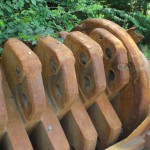Shredder Motor Change Out
Sailors have been known to wish for ‘fair winds and following seas’ as a farewell to respected colleagues. Shredder foremen sometimes say farewell with “may you never burn up a motor before a vacation week.” Okay, we made that up. Shredder foremen don’t use flowery language. But in the shorthand between those that shred steel for a living, it’s more like a ‘hey, hope you don’t have to use your spare.’ The point it is, those operators that have lost a motor understand it’s the start of a long week. How do you make sure it’s no worse than a week? Planning. Here are the basics.
- Identify your spare. If you don’t own a spare electric motor, find one. They don’t stock them at your local Grainger. There are a lot of used motors out there.
- Is the spare stored and ready? The internal heaters need to be energized, and someone needs to turn it monthly, especially if it’s a wound rotor.
- Transport and lift. Many have their motors stored off site. Get the wheels in motion early with transport to the shredder. Have the weights and dimensions ready to give to your transportation broker. How should it be rigged and lifted? What crane companies and choices are there? What kind of swing radius is available? Have these details on file so you can line up trucks and cranes in short order instead of making 20 phone calls at the last minute.
- Mounting: If it’s a direct replacement, be sure you have the tools to unbolt it. You’ll want to check the security of the mounting frame to the foundation once the old motor it off. If you have a loose stud in the foundation, maybe you have time to remove and grout in a replacement. If it’s not a direct fit replacement, you may have to adapt the mounting frame. If possible, you’ve made the new frame early on for the spare. Have fasteners, wrenches, and shackles, and port-a-powers or know a company that does. If you change the mounting base, the old base may be grouted in place. You’ll need to chip out the old grout, clean the foundation, and have new grout in stock or be sure of your source. Any old grout will not work. It’s very strong epoxy that will not settle or crack. Chipping it out isn’t a simple job. Have the tools to do it or at least a list of them ready when the need arises. Check with your motor vendor or service rep about shimming in the new motor frame base and avoiding grout. The decision will be based on the conditions at the time.
- Electrical connection. If the spare is not a direct replacement, is the starter, LR tank, and other items compatible? Do you have sufficient cooling air volume for this motor? Will the stator & rotor main conductors match the motor connecting locations? Heavy conductors do not flex well. If you change styles of motor, you may have a major wiring job ahead of you. Do the connecting lugs fit in the electrical terminations? What about the changes for temp RTD’s, RPM monitor, internal heaters? How about wiring in the power factor correction capacitor bank? Any pre-planning and prep you can do here can lessen days of OT electrical rates.
- Cooling air or water. You may need a new sheet metal exhaust duct or alter the water piping (depending on air or liquid cooling). Be ready to change supply air filters or flush your cooling system if time allows.
- Coupling connection. Have the tools and parts ready to disconnect the motor from your drive line. Check alignment of the new motor to main dimensions required of your installation. The motor axis and rotor axis should be level and parallel to each other, but not necessarily in line. Your shredder manufacturer and drive line specialist can advise the offset specs.
- During the change out, find out what may have caused the motor failure. For example, a seized drive shaft universal joint may have caused a motor bearing failure. If you don’t correct that problem, you may have the same motor bearing failure with the replacement motor.
- Having the plan in place prior to the problem will help you get back on line sooner. It may also let you delegate the initial steps to your acting foreman while you try to avoid cutting short a vacation week. That said, may you never burn up a motor before a vacation week.

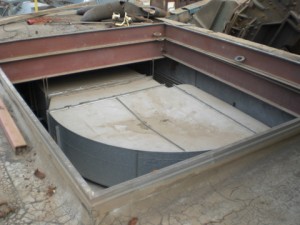
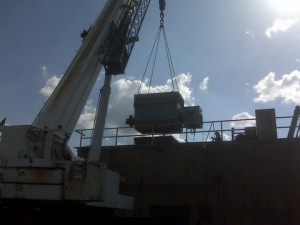
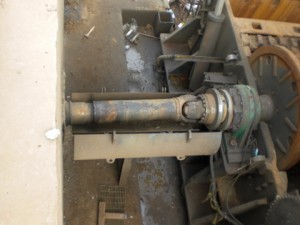
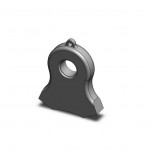 many potential positions, in the majority of applications it is best in terms of performance and reduced wear parts cost, to use fewer
many potential positions, in the majority of applications it is best in terms of performance and reduced wear parts cost, to use fewer 